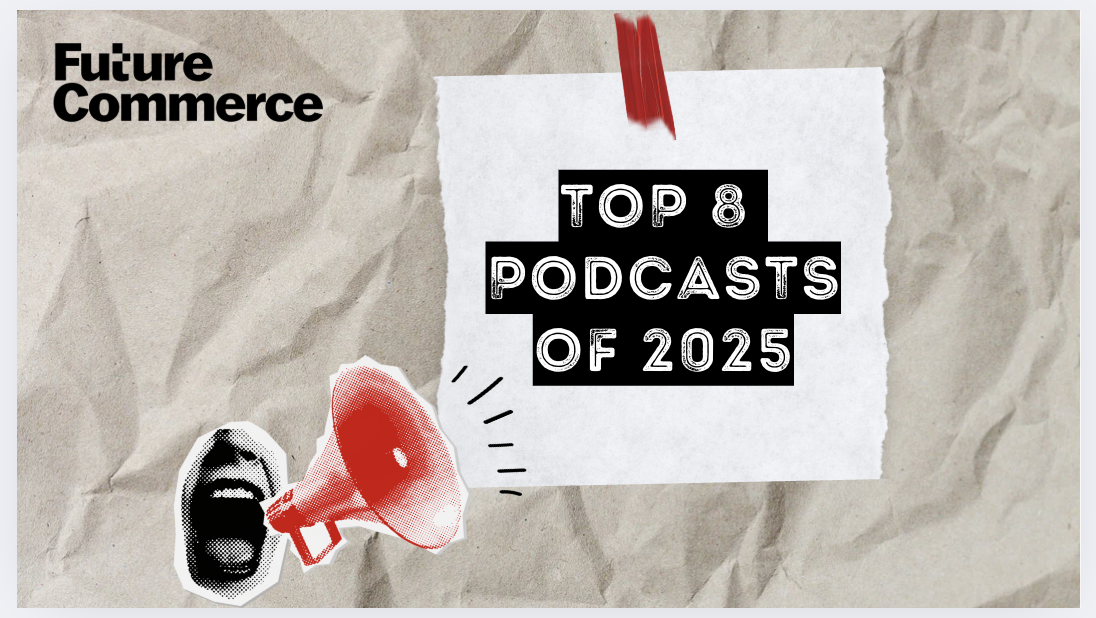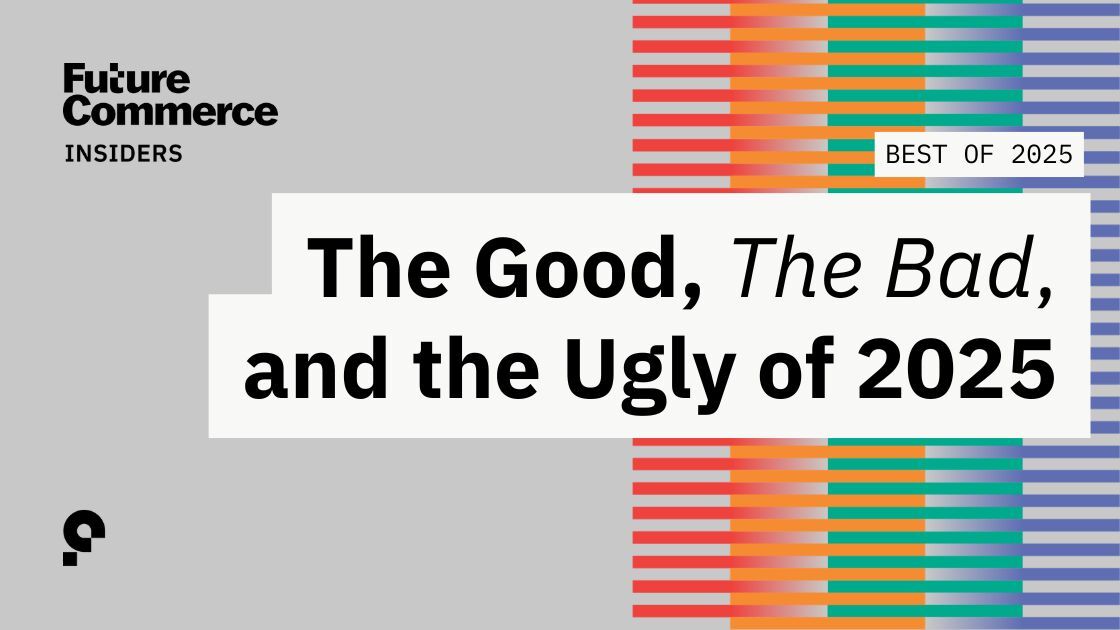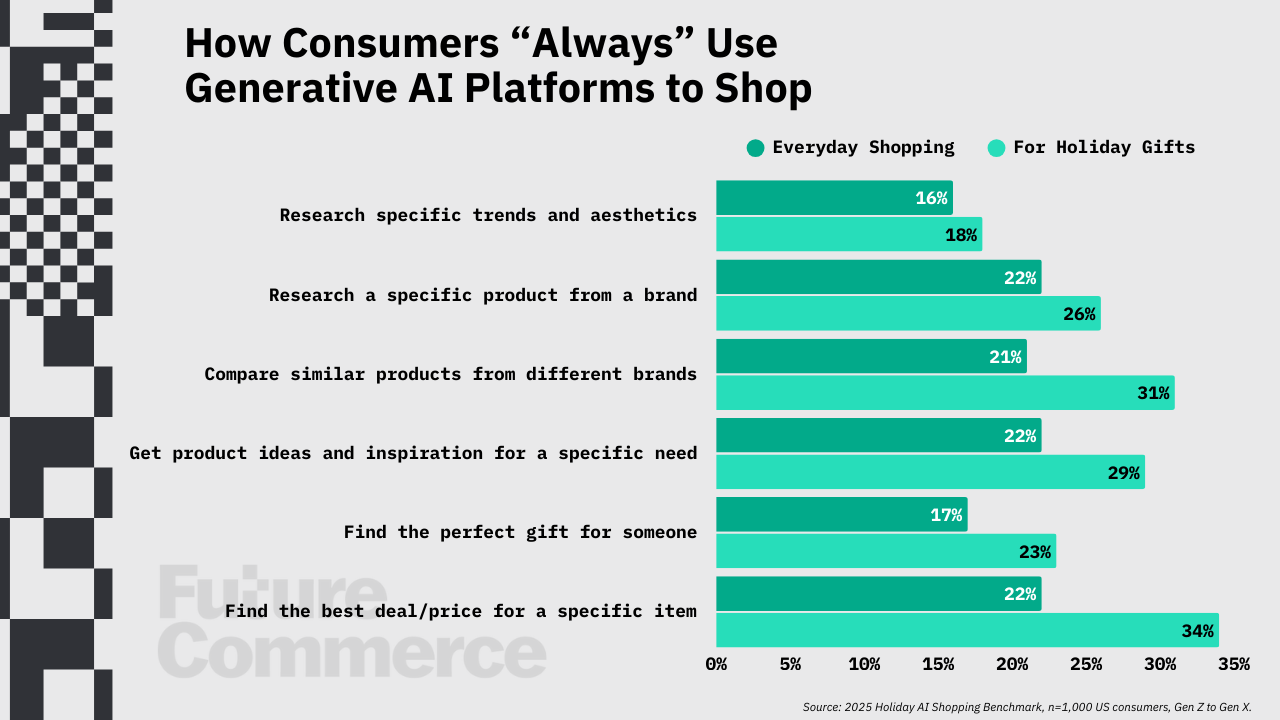
Seeing Double: Why So Many Eyewear Brands in London?

Welcome to Wednesday, futurists.
Our summer series, The London Brief, continues today with a curious insight: Why are there so many branded optical and sunglasses retailers in the London metro area? More than 15 brands have outposts in the UK, and that number continues to grow every year.

Frames of Mind: The Explosion of London Eyewear Shops
It’s a curious sight, but on London’s Underground, you’re met with a tunnel of downcast eyes. Many Britons, known for their reserve, find solace in the printed word during commutes, their gaze fixed on pages rather than the glow of a screen. This cultural posture is curious to me, an American, and it makes me wonder if it has shaped how they see the world—literally—via the glasses and eyewear through which they view it.
If so, it would explain the boom of small eyewear brands that dot the high streets, fading into the distance like an optician chart. A stroll about well-to-do shopping districts like Marylebone or Covent Garden, and you’ll see brands like Cubitts, with its 15 locations, or Ace & Tate, who entered the scene in 2013, rapidly expanding to 10 London outposts. These visionaries aren't just selling glasses; they're redefining how Britons express their carefully guarded personalities through the windows to their souls.
From Bloobloom's direct-to-consumer model to bespoke luxury ‘slow commerce’ shops like Taylor Morris, each brand offers a unique lens on British style. The market's growth is eye-opening: Pop-Specs, a 2021 upstart, already boasts multiple London locations among its 12 UK stores.
This proliferation suggests Britons are looking for more than just clearer vision—they're seeking frames that reflect their inner worlds, even as they shield themselves from the outside one.
Visionary Funding: Capital Models and Business Strategies
Copycat brands and trend-chasing of venture capitalists aren’t unique to American commerce.
Where the US saw an explosion of mattress and functional beverage brands, the UK experienced similar dynamics with frame manufacturers looking to capitalize on Warby Parker's retail success.
These brands are curiously of the same vintage as Warby Parker; Ace & Tate secured €14.3M in 2013 VC funding, while Izipizi focused its efforts on raising an eye-watering $46.3 million after its 2010 founding.
These varied approaches mirror diverse marketing strategies. Pop-Specs leverages television exposure (nabbing £75K from Dragons' Den) to scale quickly. In just three years, they’ve scaled to twelve London locations, including Westfield Shepherds Bush, the largest indoor mall of its kind in West London.
Others opt for celebrity endorsements or lean into their British heritage. The common thread? A focus on direct-to-consumer models and experiential retail, forging deeper connections with their bespectacled clientele.

On British Cultural Traits and Industry Parallels
Yes, there are global brands aplenty. Sunglass Hut, RayBan, and the like. But this eyewear boom of smaller brands distinctively mirrors the VC-backed foam mattress frenzy across the pond—minus the snoring. Just as American bed-in-a-box brands multiplied with minimal infrastructure, British specs purveyors have found a way to position themselves as unique while sharing supply chains; it's less about reinventing the wheel and more about repackaging the lens.
Perhaps most intriguing is how the eyewear industry leverages our innate confirmation bias. Brands like Monc and Bloobloom, with an emphasis on sustainability, appeal to consumers (and venture capitalists) who already see themselves as environmentally conscious. A purchase reconfirms this self-image. Have you heard of “Bio-Acetate?” Neither had I.
Still, it’s curious that so many brands use other cultures as social proof in their marketing. Words like "Bohemian-inspired" (Taylor Morris) and "London-designed, Italian crafted" (Finlay) are common, as if brands are making the appeal, "We're worldly, but we still queue properly."
This juxtaposition of the foreign and the familiar mirrors the British appetite for print media in a digital age, embracing eyewear that feels both timely and timeless.

The Mind's Eye: Psychological Underpinnings
The industry's rapid growth has also sparked a phenomenon akin to critique and pile-on behaviors. As new brands emerge, consumers and industry watchers alike scrutinize each entrant—praising innovation, decrying perceived lack of originality, or piling on criticism for missteps. This cycle of critique and defense creates a constant buzz, keeping the industry in the public eye—or rather, on the public nose.
Because new brands are steadily entering the market, consumers may have tapped into a form of novelty-seeking bias, sometimes referred to as "neophilia." This bias has evolutionary roots, as being attuned to changes in the environment and seeking out new resources could provide survival advantages. In modern contexts, it plays a significant role in marketing, product design, and consumer culture.
The Londoner penchant for eyewear reflects this collective psychology of seeking new stimuli, which may be a welcome break for a city whose color palettes are muted grays and blues, founded in antiquity. Frames become socially acceptable, hot-swappable, self-expression.
As long as reserved commuters seek quiet self-expression, London will make space for new eyewear brands to help them see the world differently.
It reflects a culture constantly adjusting its focus between past and future, reserve and rebellion, the global and the local—and that, perhaps, is the clearest vision of all.
— Phillip
P.S. Did you miss the VISIONS podcast
Game Face: How Beauty Brands Are Scoring Big with Women's Sports















.svg)
